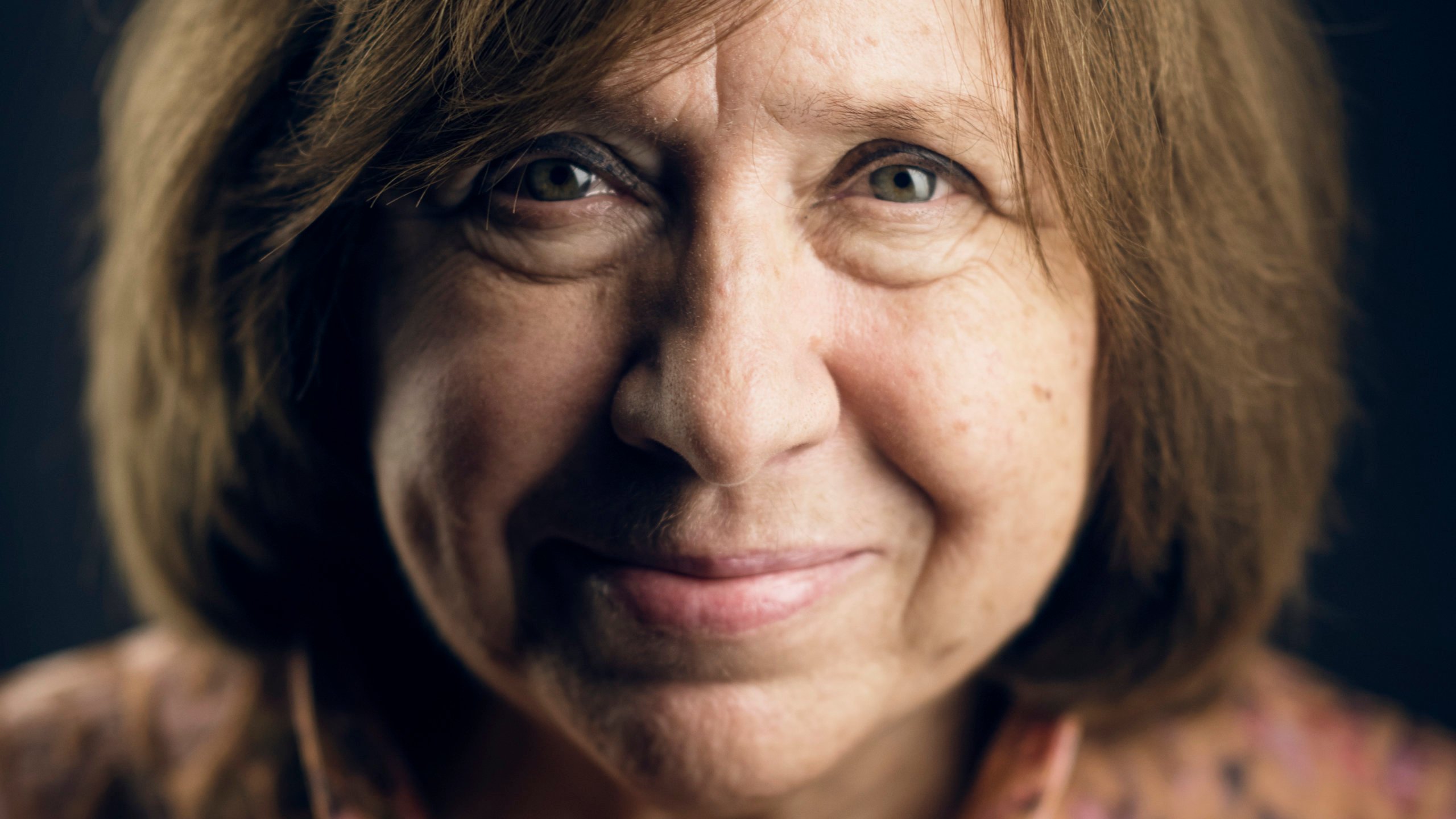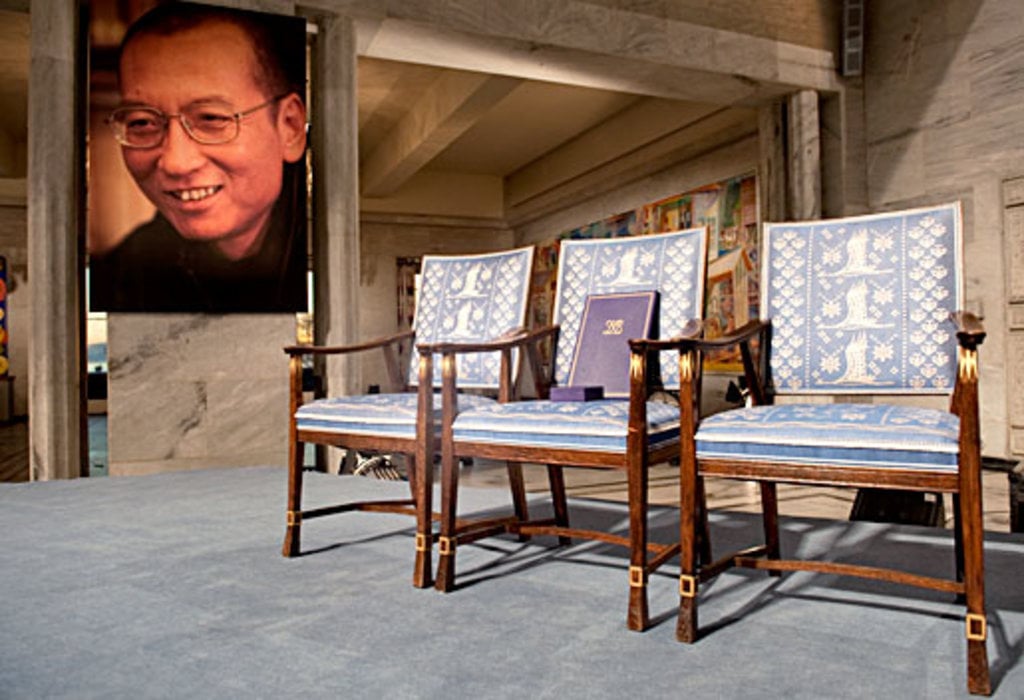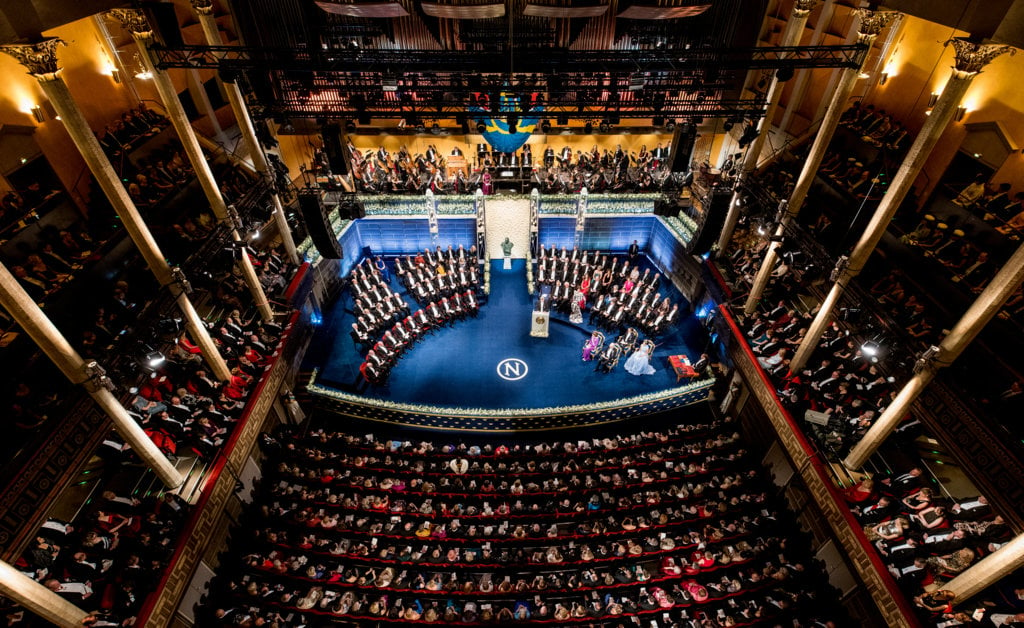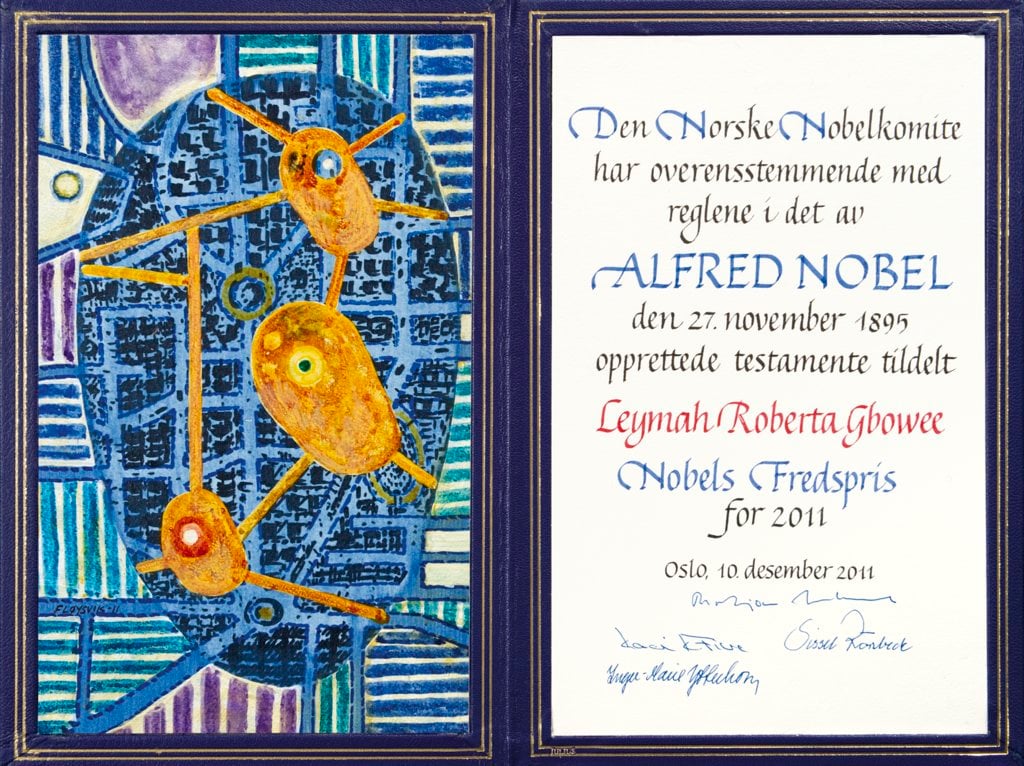On 27 November 1895, Alfred Nobel signed his last will and testament, giving the largest share of his fortune to a series of prizes in physics, chemistry, physiology or medicine, literature and peace – the Nobel Prizes. In 1968, Sveriges Riksbank (Sweden’s central bank) established The Sveriges Riksbank Prize in Economic Sciences in Memory of Alfred Nobel. Learn more about the Nobel Prize laureates here.
621 Nobel Prizes
| Nobel Prize | Number of prizes | Number of laureates | Awarded to one laureate | Shared by two laureates | Shared by three laureates |
|---|---|---|---|---|---|
| Physics | 117 | 225 | 47 | 32 | 38 |
| Chemistry | 115 | 194 | 63 | 25 | 27 |
| Medicine | 114 | 227 | 40 | 35 | 39 |
| Literature | 116 | 120 | 112 | 4 | 0 |
| Peace | 104 | 111+30 | 70 | 31 | 3 |
| Economic sciences | 55 | 93 | 26 | 20 | 9 |
| Total | 621 | 1000 | 358 | 147 | 116 |
In the statutes of the Nobel Foundation it says: “A prize amount may be equally divided between two works, each of which is considered to merit a prize. If a work that is being rewarded has been produced by two or three persons, the prize shall be awarded to them jointly. In no case may a prize amount be divided between more than three persons.”
All Nobel Prize laureates
Between 1901 and 2023, the Nobel Prizes and the Sveriges Riksbank Prize in Economic Sciences in Memory of Alfred Nobel were awarded 621 times to 1000 people and organisations. With some receiving the Nobel Prize more than once, this makes a total of 965 individuals and 27 organisations. See Multiple Nobel Prize laureates.
List of all Nobel Prize laureates
List of Nobel Prize awarded organisations
Lists of all Nobel Prize laureates in
| Physics | Chemistry | Physiology or medicine | Literature | Peace | Economic sciences |
Years without Nobel Prizes
Since the start, in 1901, there are some years when the Nobel Prizes have not been awarded. The total number of times are 49. Most of them during World War I (1914-1918) and II (1939-1945). In the statutes of the Nobel Foundation it says: “If none of the works under consideration is found to be of the importance indicated in the first paragraph, the prize money shall be reserved until the following year. If, even then, the prize cannot be awarded, the amount shall be added to the Foundation’s restricted funds.”.
Physics: 1916, 1931, 1934, 1940, 1941, 1942
Chemistry: 1916, 1917, 1919, 1924, 1933, 1940, 1941, 1942
Physiology or medicine: 1915, 1916, 1917, 1918, 1921, 1925, 1940, 1941, 1942
Literature: 1914, 1918, 1935, 1940, 1941, 1942, 1943
Peace: 1914, 1915, 1916, 1918, 1923, 1924, 1928, 1932, 1939, 1940, 1941, 1942, 1943, 1948, 1955, 1956, 1966, 1967, 1972
Economic sciences: –
Nobel Prize laureates and affiliation
Here you can find out which universities, research institutions or companies Nobel Prize laureates were affiliated with at the time of the Nobel Prize announcement.
Nobel Prize laureates listed by affiliation
The youngest Nobel Prize laureates
The Nobel Peace Prize 2014
“for their struggle against the suppression of children and young people and for the right of all children to education”
The Nobel Prize in Physics 1915
“for their services in the analysis of crystal structure by means of X-rays”
The Nobel Peace Prize 2018
“for their efforts to end the use of sexual violence as a weapon of war and armed conflict”
The Nobel Prize in Physics 1957
“for their penetrating investigation of the so-called parity laws which has led to important discoveries regarding the elementary particles”
The Nobel Prize in Physics 1936
“for his discovery of the positron”
The Nobel Prize in Physics 1933
“for the discovery of new productive forms of atomic theory”
The Nobel Prize in Physics 1932
“for the creation of quantum mechanics, the application of which has, inter alia, led to the discovery of the allotropic forms of hydrogen”
The Nobel Prize in Physiology or Medicine 1923
“for the discovery of insulin”
Physics
The Nobel Prize in Physics 1915
“for their services in the analysis of crystal structure by means of X-rays”
Chemistry
The Nobel Prize in Chemistry 1935
“in recognition of their synthesis of new radioactive elements”
Physiology or medicine
The Nobel Prize in Physiology or Medicine 1923
“for the discovery of insulin”
Literature
The Nobel Prize in Literature 1907
“in consideration of the power of observation, originality of imagination, virility of ideas and remarkable talent for narration which characterize the creations of this world-famous author”
Peace
The Nobel Peace Prize 2014
“for their struggle against the suppression of children and young people and for the right of all children to education”
Economic sciences
The Sveriges Riksbank Prize in Economic Sciences in Memory of Alfred Nobel 2019
“for their experimental approach to alleviating global poverty”
The oldest Nobel Prize laureates
The Nobel Prize in Chemistry 2019
“for the development of lithium-ion batteries”
The Nobel Prize in Physics 2018
“for groundbreaking inventions in the field of laser physics”
“for the optical tweezers and their application to biological systems”
The Sveriges Riksbank Prize in Economic Sciences in Memory of Alfred Nobel 2007
“for having laid the foundations of mechanism design theory”
The Nobel Prize in Physics 2021
“for groundbreaking contributions to our understanding of complex physical systems”
“for the physical modelling of Earth’s climate, quantifying variability and reliably predicting global warming”
The Nobel Prize in Physics 2021
“for groundbreaking contributions to our understanding of complex physical systems”
“for the physical modelling of Earth’s climate, quantifying variability and reliably predicting global warming”
The Sveriges Riksbank Prize in Economic Sciences in Memory of Alfred Nobel 2012
“for the theory of stable allocations and the practice of market design”
The Nobel Prize in Physics 2020
“for the discovery that black hole formation is a robust prediction of the general theory of relativity”
The Nobel Prize in Physics 2002
“for pioneering contributions to astrophysics, in particular for the detection of cosmic neutrinos”
Physics
The Nobel Prize in Physics 2018
“for groundbreaking inventions in the field of laser physics”
“for the optical tweezers and their application to biological systems”
Chemistry
The Nobel Prize in Chemistry 2019
“for the development of lithium-ion batteries”
Physiology or medicine
The Nobel Prize in Physiology or Medicine 1966
“for his discovery of tumour-inducing viruses”
Literature
The Nobel Prize in Literature 2007
“that epicist of the female experience, who with scepticism, fire and visionary power has subjected a divided civilisation to scrutiny”
Peace
The Nobel Peace Prize 1995
“for their efforts to diminish the part played by nuclear arms in international politics and, in the longer run, to eliminate such arms”
Economic sciences
The Sveriges Riksbank Prize in Economic Sciences in Memory of Alfred Nobel 2007
“for having laid the foundations of mechanism design theory”
65 Nobel Prizes to women
Between 1901 and 2023 the Nobel Prize and prize in economic sciences have been awarded 65 times to women.
List of all female Nobel Prize laureates

Two Nobel Prize laureates declined the prize
Jean-Paul Sartre, awarded the 1964 Nobel Prize in Literature, declined the prize because he had consistently declined all official honours.
Le Duc Tho, awarded the 1973 Nobel Peace Prize jointly with US Secretary of State Henry Kissinger. They were awarded the prize for negotiating the Vietnam peace accord. Le Duc Tho said that he was not in a position to accept the Nobel Peace Prize, citing the situation in Vietnam as his reason.
Forced to decline the Nobel Prize
Four Nobel Prize laureates have been forced by authorities to decline the Nobel Prize. Adolf Hitler forbade three German Nobel Prize laureates, Richard Kuhn, Adolf Butenandt and Gerhard Domagk, from accepting the Nobel Prize. All of them could later receive the Nobel Prize diploma and medal, but not the prize amount.
Boris Pasternak, the 1958 Nobel Laureate in Literature, initially accepted the Nobel Prize but was later coerced by the authorities of the Soviet Union, his native country, to decline the Nobel Prize.
Nobel Prize laureates under arrest at the time of the award
Five Nobel Prize laureates were under arrest at the time of the award of the Nobel Prize, all of them Nobel Peace Prize laureates:
German pacifist and journalist Carl von Ossietzky
Burmese politician Aung San Suu Kyi
Chinese human rights activist Liu Xiaobo
Belarus human rights advocate Ales Bialiatski
Iranian human rights advocate and freedom fighter Narges Mohammadi

Multiple Nobel Prize laureates
The work of the International Committee of the Red Cross (ICRC) has been honoured by a Nobel Peace Prize three times. Besides, the founder of the ICRC, Henry Dunant, was awarded the first Nobel Peace Prize in 1901.
Linus Pauling is the only person to have been awarded two unshared Nobel Prizes – the 1954 Nobel Prize in Chemistry and the 1962 Nobel Peace Prize.
Posthumous Nobel Prizes
From 1974, the Statutes of the Nobel Foundation stipulate that a prize cannot be awarded posthumously, unless death has occurred after the announcement of the Nobel Prize. Before 1974, the Nobel Prize has only been awarded posthumously twice: to Dag Hammarskjöld (Nobel Peace Prize 1961) and Erik Axel Karlfeldt (Nobel Prize in Literature 1931).
Following the 2011 announcement of the Nobel Prize in Physiology or Medicine, it was discovered that one of the medicine laureates, Ralph Steinman, had passed away three days earlier. The Board of the Nobel Foundation examined the statutes, and an interpretation of the purpose of the rule above led to the conclusion that Ralph Steinman should continue to remain a Nobel Prize laureate, as the Nobel Assembly at Karolinska Institutet had announced the 2011 Nobel Prize laureates in physiology or medicine without knowing of his death.
“Family Nobel Prize laureates”
The Curies were a very successful ‘Nobel Prize family’. Marie Curie herself was awarded two Nobel Prizes.
Read more about Marie and Pierre Curie and the discovery of polonium and radium
More about Nobel Prize awarded couples
The Nobel Prize award ceremonies
On December 10, 1901, the Nobel Prizes were awarded for the first time in Stockholm and in Christiania (now Oslo) respectively.
The Nobel Prize award ceremony in Stockholm took place at the Old Royal Academy of Music during the years 1901-1925. Since 1926, the ceremony has taken place at the Stockholm Concert Hall with few exceptions: 1971 in the Philadelphia Church; 1972 in the St. Erik International Fair (known today as Stockholm International Fairs) in Älvsjö, 1975 in the St. Erik International Fair and in 1991 at the Stockholm Globe Arena. The King of Sweden hands over the prize to the laureate/s.
In Norway, during the years 1901-1904 the decision on the peace prize was announced at a meeting of the Storting on 10 December, after which the recipients were informed in writing. During 1905-1946 the Nobel Peace Prize award ceremonies were held at the Nobel Institute building, during 1947-1989 in the auditorium of the University of Oslo and since 1990 at the Oslo City Hall. The King of Norway is present, but it is the Chairman of the Nobel Committee who hands over the prize to the laureate/s.

The Nobel Prize insignias
At the Nobel Prize award ceremonies on 10 December the Nobel Prize laureates receive three things: a Nobel Prize diploma, a Nobel Prize medal and a document confirming the Nobel Prize amount. Each Nobel Prize diploma is a unique work of art, created by foremost Swedish and Norwegian artists and calligraphers. The Nobel Prize medals are handmade with careful precision and in 18 carat recycled gold.
The Nobel Prize medals in physics, chemistry, physiology or medicine and literature are identical on the face: it shows the image of Alfred Nobel and the years of his birth and death (1833-1896). Nobel’s portrait also appears on the Nobel Peace Prize medal and the medal for the prize in economic sciences, but with a slightly different design. The image on the reverse varies according to the institution awarding the prize.
More about the Nobel Prize medals
The Nobel Prize diplomas
Each Nobel Prize diploma is a unique work of art, created by foremost Swedish and Norwegian artists and calligraphers.
More about the Nobel Prize diplomas

The Nobel Prize amount
Alfred Nobel left most of his estate, more than SEK 31 million (today approximately SEK 1,702 million) to be converted into a fund and invested in “safe securities.” The income from the investments was to be “distributed annually in the form of prizes to those who during the preceding year have conferred the greatest benefit to mankind.”
The Nobel Prize amount for 2023 was set at Swedish kronor (SEK) 11.0 million per full Nobel Prize.
More about the Nobel Prize amount
* Why are the individuals and organisations awarded a Nobel Prize called Nobel Prize laureates?
The word “laureate” refers to being signified by the laurel wreath. In Greek mythology, the god Apollo is represented wearing a laurel wreath on his head. A laurel wreath is a circular crown made of branches and leaves of the bay laurel (in Latin: Laurus nobilis). In Ancient Greece, laurel wreaths were awarded to victors as a sign of honour – both in athletic competitions and in poetic meets.